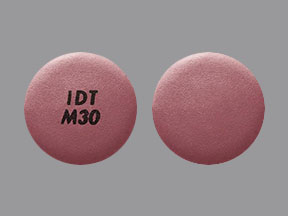MorphaBond ER Interactions
There are 575 drugs known to interact with MorphaBond ER (morphine), along with 16 disease interactions, and 1 alcohol/food interaction. Of the total drug interactions, 207 are major, 353 are moderate, and 15 are minor.
- View all 575 medications that may interact with MorphaBond ER
- View MorphaBond ER alcohol/food interactions (1)
- View MorphaBond ER disease interactions (16)
Most frequently checked interactions
View interaction reports for MorphaBond ER (morphine) and the medicines listed below.
- acetaminophen / oxycodone
- alprazolam
- amitriptyline
- atorvastatin
- bupropion
- calcium carbonate
- Celebrex (celecoxib)
- cyclobenzaprine
- Cymbalta (duloxetine)
- diazepam
- diclofenac
- diclofenac topical
- duloxetine
- Fish Oil (omega-3 polyunsaturated fatty acids)
- Flexeril (cyclobenzaprine)
- fluoxetine
- folic acid
- gabapentin
- hydrochlorothiazide
- ibuprofen
- Lipitor (atorvastatin)
- lisinopril
- Lyrica (pregabalin)
- omeprazole
- oxycodone
- pregabalin
- tizanidine
- trazodone
- Wellbutrin XL (bupropion)
- Xanax (alprazolam)
MorphaBond ER alcohol/food interactions
There is 1 alcohol/food interaction with MorphaBond ER (morphine).
MorphaBond ER disease interactions
There are 16 disease interactions with MorphaBond ER (morphine) which include:
- impaired GI motility
- infectious diarrhea
- prematurity
- acute alcohol intoxication
- drug dependence
- hypotension
- intracranial pressure
- respiratory depression
- gastrointestinal obstruction
- adrenal insufficiency
- liver disease
- renal dysfunction
- seizure disorders
- urinary retention
- arrhythmias
- biliary tract disease
More about MorphaBond ER (morphine)
- MorphaBond ER consumer information
- Compare alternatives
- Reviews (8)
- Drug images
- Latest FDA alerts (13)
- Side effects
- Dosage information
- During pregnancy
- FDA approval history
- Drug class: Opioids (narcotic analgesics)
- Breastfeeding
Related treatment guides
Drug Interaction Classification
| Highly clinically significant. Avoid combinations; the risk of the interaction outweighs the benefit. | |
| Moderately clinically significant. Usually avoid combinations; use it only under special circumstances. | |
| Minimally clinically significant. Minimize risk; assess risk and consider an alternative drug, take steps to circumvent the interaction risk and/or institute a monitoring plan. | |
| No interaction information available. |
See also:
Further information
Always consult your healthcare provider to ensure the information displayed on this page applies to your personal circumstances.


